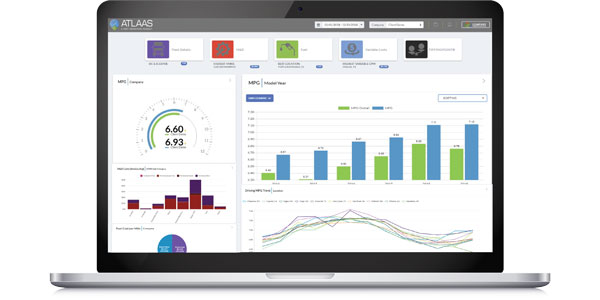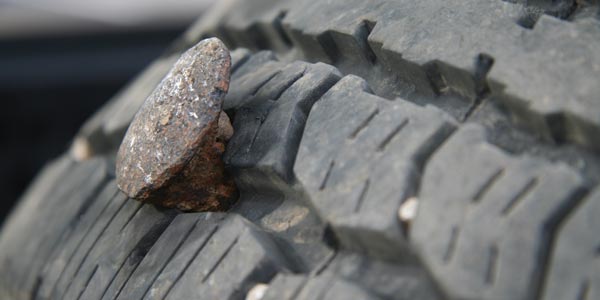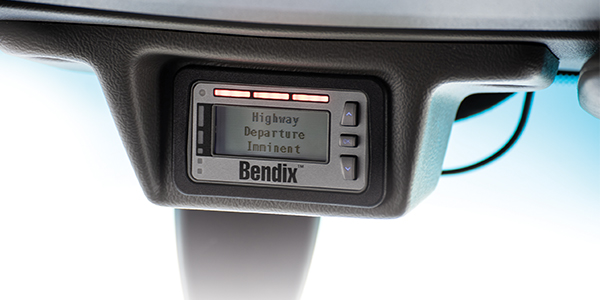The cooling systems developed for today’s on-highway tractors are highly advanced. Design requirements facing manufacturers of fan drives must address the higher heat output of new emissions-compliant engine families. Vehicle aerodynamics, essential for improving fuel economy, can reduce the effectiveness of ram air and in turn generate the need for additional cooling from fans. Simultaneously, fan drive systems must be optimized for lower horsepower draw to help boost fuel economy and at the same time reduce noise and provide greater long-term durability.
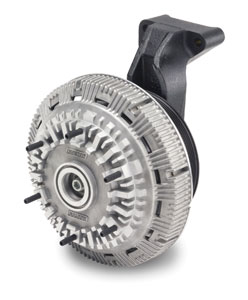
Most OEMs today provide complete fan drives and fan systems as a standard package on new vehicles. These solutions are designed to better manage airflow and provide fuel savings.
Fan drive suppliers work closely with vehicle OEMs to develop the most effective and efficient solutions. Their comprehensive research and development efforts are driven by a desire to exceed the cooling demands of emissions-compliant engines now and in the future. The result is a range of premium offerings from leading suppliers.
Horton Inc.
Horton’s line of DM Advantage fan drives, designed for high heat applications, includes on/off and two-speed models. On/off fan drives are spring-engaged and air-disengaged for maximum efficiency. Featuring a premium bearing, an improved air cartridge and a longer-wearing friction liner, they are lighter, have high torque for turning larger fans, and offer a fail-safe design and low parts count for simplicity.
DM Advantage two-speed fan drives are directly controlled viscous models that can be managed by the engine’s electronic control unit for precise speed control. These drives alternate between eddy current and spring-actuated cooling. While using eddy current, the fan drive turns the fan at a lower speed, which the company notes reduces operating noise, increases available horsepower for auxiliary systems and minimizes radiator abrasion from dust and debris. When more cooling is needed, the spring-actuated drive runs the fan at full speed, which also provides faster engine warm-up in cold weather.
DM Advantage fan drives have undergone two years of field-testing in the highest-heat underhood applications. The field tests were performed on over 250 trucks, which were driven more than 54 million miles.
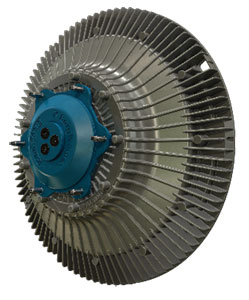
Horton also offers its VMaster viscous air-sensing fan drive. Equipped with a precision sensor that regulates the fan speed between idle and maximum rotational speed depending on air temperature, the fan drive can quickly respond to even small temperature fluctuations. With this system, the manufacturer says, there is less likelihood of thermal shock damage, noise levels are noticeably lower, and because the drive only operates at maximum speed when cooling requirements demand, fuel consumption is reduced.
Stratis viscous fan drives offered by Horton for cooling hotter-running reduced emission engines can be managed by the engine’s electronic control unit for precise fan speed control at a standard idle speed of 250 RPM or lower, depending on application. The Stratis features a reservoir, actuator and valve system and is equipped with a rear mounted cable harness so the fan is installed on the front of the drive to increase airflow and improve cooling. The integral fan speed sensor provides close loop control and an optimized magnetic design speeds up reaction time for better modulation and cooling. In addition, the fan drive’s housing and cover have optimized fins to provide greater heat dissipation.
Variable speed viscous fan drive controllers from Horton include the VMaster Di and Stratis Di that can be specifically tailored to meet engine cooling requirements and increase available horsepower for auxiliary components. J1939 compatible, the plug-and-play systems are engineered for any 20- to 44-in. plastic, metal or composite fan.
BorgWarner Thermal Systems
BorgWarner Thermal Systems offers a variety of fan drives. Among them are the company’s Cool Logic multi-speed fan drives featuring electronic modulating speed control for precise temperature management.
Based on millions of miles of testing and development, BorgWarner says its Cool Logic fan drive offers twice the life of a traditional clutch drive, a reduction in engine drag that provides as much as 60 extra HP and up to 4% city and 2% highway improved fuel mileage. Fully engaged, the Cool Logic fan drive generates one-tenth the decibel level of a traditional fan drive.
With Kysor on/off fan drives from BorgWarner, the fan continues to rotate even if the clutch stops working. In the event of air system pressure failure, the fan remains engaged, which prevents the engine from overheating, leading to greater reliability. Both the K26RA and K30 models also offer increased torque to meet today’s higher engine cooling demands, and with fewer moving parts, improve belt life and provide for less and easier maintenance, the company notes. 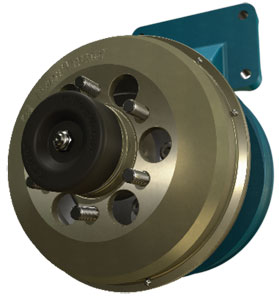
A central part of the Kysor on/off fan drives from BorgWarner is the clutch liner and modular clutch design that keeps damaging heat away from the pulley and bearings, helping prevent clutch failure. The design’s bearing system also enhances durability and reliability, the manufacturer notes, by reducing stress in belts and other components. Providing one clutch for all applications leads to easier service and reduced maintenance and inventory costs, as well.
BorgWarner also offers direct-actuated Visctronic fan drives. These drives are designed to combine viscous technology with precise electronic control. In them, the fan drive is controlled by the engine’s control module for precise fan speed modulation.
Meeting challenges
As engine design needs change, fan drive manufacturers continue to develop cooling technology that meets the requirements of the North American Class 8 engines. Advanced fan drive technology provides for optimized engine cooling, increased fuel economy and reduced fan noise. Robust designs also increase durability under the higher heat environments of today’s heavy trucks. While new emission regulations present an ongoing challenge for makers of truck cooling systems, manufacturers of fan drive systems continue to work aggressively to meet those challenges.











